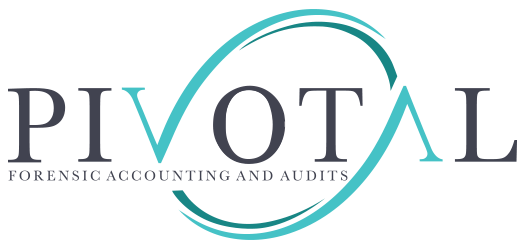What the End of IRS Direct File Means for Tax Filing (and What to Do Next)
As the 2026 filing season approaches, many U.S. taxpayers should be aware of a significant shift in how they can file their federal income tax returns. The free, government-run electronic filing option known as Direct File will not be offered next year — and the program’s future is now uncertain.
Below, we explain what Direct File was, why it mattered, why it’s being discontinued, and how taxpayers can prepare for the upcoming tax season.
A Brief History of Direct File
For years, the IRS partnered with private companies through the Free File Alliance to provide free filing options for certain taxpayers. However, participation was low, and many users were directed toward paid products despite qualifying for free filing.
In response, the Inflation Reduction Act of 2022 directed the IRS to explore creating its own electronic filing system — a truly free and government-run option. The IRS launched Direct File as a pilot program in early 2024 in twelve states. It was designed for taxpayers with relatively simple returns, offering a guided, interview-style filing process that let users file their federal returns directly through the IRS without third-party software.
Feedback was overwhelmingly positive. Taxpayers praised Direct File for being easy, fast, and genuinely free. Encouraged by the success, the IRS planned to expand the program to more states and additional tax situations for the 2025 season.
Why It’s Being Discontinued
Despite the strong reception, several factors contributed to the decision to halt the program for 2026:
-
Cost and efficiency: The program was expensive to operate relative to the number of returns filed. Only a small fraction of eligible taxpayers used it during the pilot year.
-
Political opposition: Some lawmakers and industry groups argued that Direct File created unnecessary competition with private tax software companies, which already provide free options to certain users.
-
Operational priorities: The IRS cited the need to focus resources on broader modernization efforts and improving existing systems before committing to a full-scale national rollout.
These pressures led to the decision that Direct File will not return for the 2026 tax season, and the future of the program remains unclear.
What This Means for Taxpayers
With Direct File unavailable, taxpayers who planned to use the service will need to choose alternative filing methods. Options include:
-
IRS Free File, which continues to operate through private-sector partners for eligible taxpayers.
-
Commercial tax software, many of which offer free versions for simple returns but may charge for additional features or state filing.
-
Professional preparers, who remain a trusted option for individuals and businesses with more complex filings.
Taxpayers should expect that filing may look a little different next year — especially in states that had integrated their systems with Direct File. Early preparation and awareness will help avoid surprises when tax season begins.
Tax Payers free options:
-
Volunteer Income Tax Assistance (VITA): A program that provides free tax preparation assistance to individuals with low to moderate income, persons with disabilities, and limited English speakers. VITA volunteers can help you file your taxes for free.
-
TaxACT Free Edition: Available for simple tax returns, including those who are filing 1040 with straightforward situations.
-
TurboTax Free Edition: For simple tax returns, such as 1040, with or without dependents.
-
H&R Block Free Online: Suitable for simple tax returns, including the 1040 form.
Guidance from Pivotal Forensic Accounting & Audits
At Pivotal, we encourage clients to review their filing plans now and evaluate which method best fits their needs for 2026. Consider the following steps:
-
Start early. With changes to filing options, getting organized ahead of time is key.
-
Evaluate costs. Understand the fees associated with commercial or professional preparation services compared to what you used previously.
-
Stay informed. The IRS may release updates or introduce new initiatives in the months ahead.
-
Document your process. Keep records of how you filed, which software or service you used, and any correspondence with the IRS.
Looking Ahead
The end of Direct File marks a setback for those hoping for a simple, government-run solution to tax filing. Still, its brief success demonstrated that taxpayers are eager for easier, more transparent ways to file their returns.
While 2026 will bring changes, proactive planning and professional guidance can help minimize disruptions. Pivotal Forensic Accounting & Audits remains committed to helping clients navigate these shifts confidently — ensuring every return is accurate, compliant, and strategically prepared.


